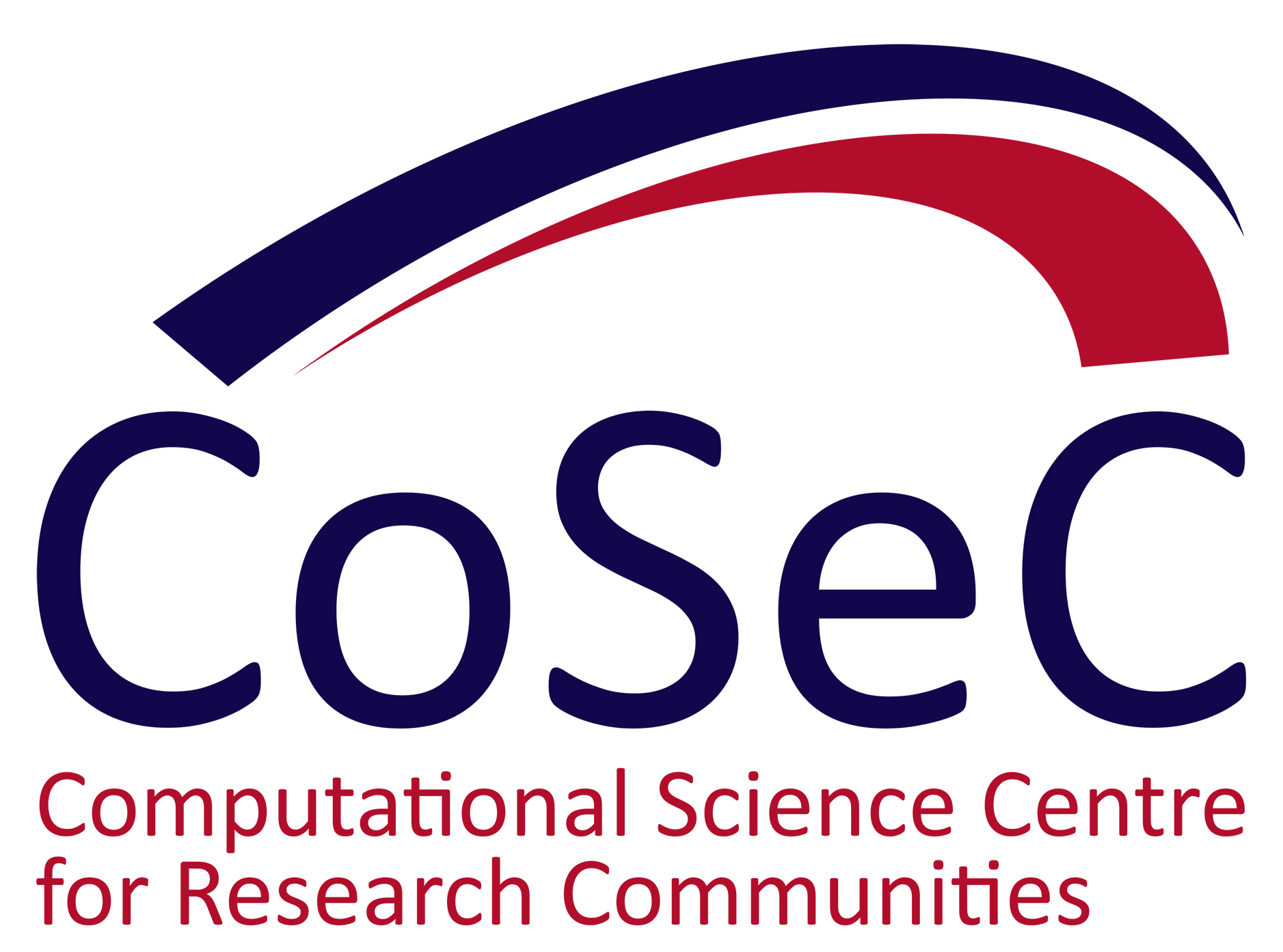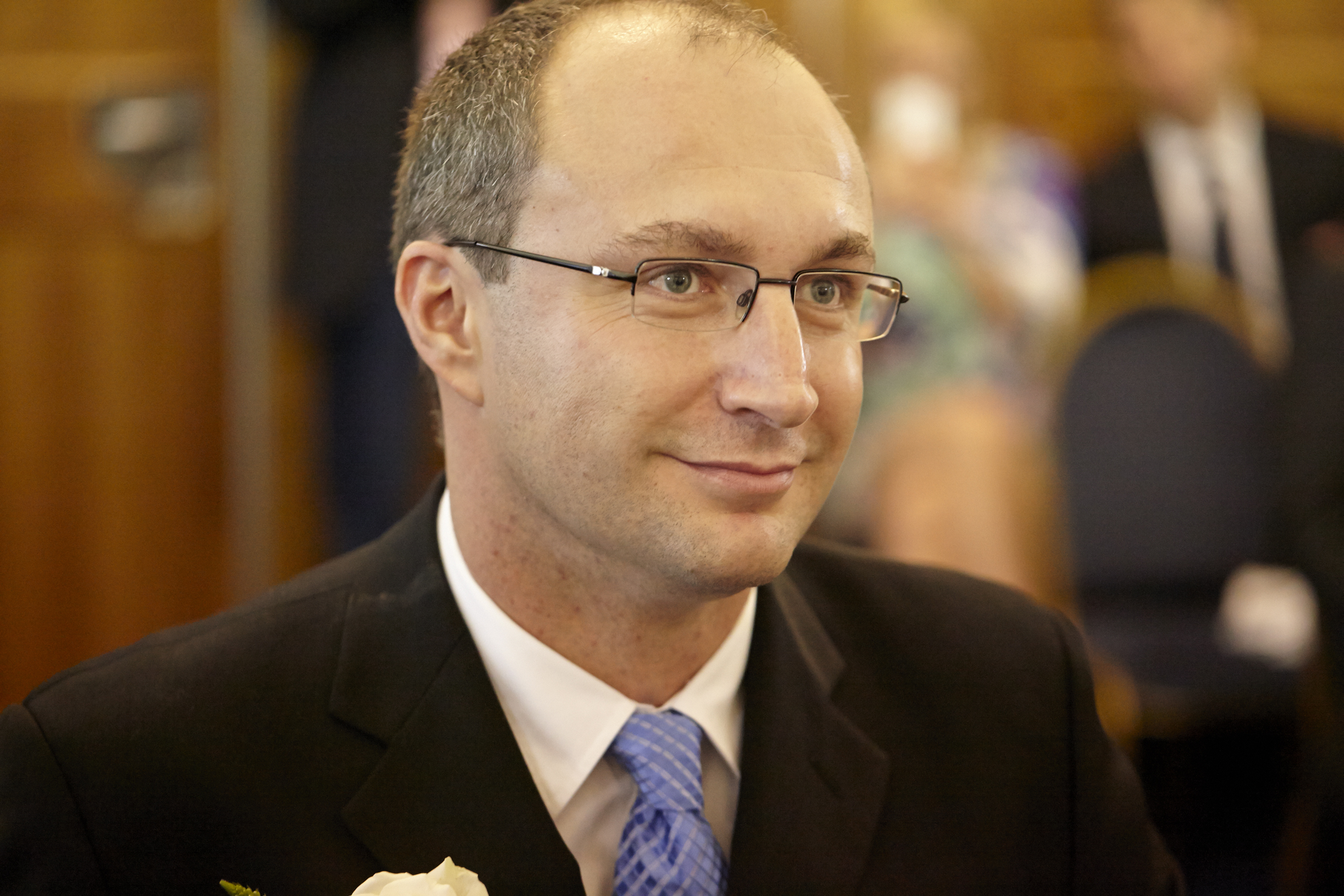
40th Annual General Meeting
On June 15th CCP5 opened the call for nominations for its biennial CCP5 Prize and Lecture Award, and on September 8th at the first-ever virtual CCP5 AGM, Chair Professor Paola Carbone announced the inaugural winner: Professor Kostya Trachenko (Queen Mary University London) for his '..outstanding contributions to modelling and theory of condensed matter phases including liquid
state theory, radiation effects and DL_POLY development'. The award includes £1000, a medal, and expenses to cover attendance at next year's (hopefully in-person) 40th Anniversary celebrations.
 Responding to being awarded the prize, Kostya said:
Responding to being awarded the prize, Kostya said:
"I always find it exciting to be working on important open problems in physics. I am grateful and honored to receive the prize and would like to acknowledge all my collaborators whom I have been delighted to work with, including our talented PhD students. The EPSRC-supported collaborative computational project is a great environment for new ideas to thrive and foster discussion and joint thinking."
The agenda for the online event was packed with excellent presentations covering computational research on a wide range of topics, from the performance of tyres, through iron deficiency anaemia, to quantum computing for scientific calculations. The presenters ranged in experience from early career researchers to senior staff, and hold positions at institutions throughout the UK, Germany and Spain.
There were 71 registered webinar attendees and a further 200 viewers of the live-streamed video following from the US, Japan, India and Europe. In total attendance showed nearly a four-fold increase on previous in-person AGMs.
Live feedback included 'Excellent', 'Great stuff', '…very remote-friendly format – well done organisers and all involved!'. One notable absence was the lack of applause to show appreciation to the speakers and organisers – if only zoom would include a clapping sound effect……
New Releases: This month saw the release of both DL_POLY 4.10.0. with a host of improvements, updates and features, and a python package that enables the building of workflows around DL_POLY_4 (it supports version 4.10.0). The Atomistic Simulation Environment (ASE) set of tools (Version 3.20 python ASE) now fully supports DL_POLY_4 (previous versions may need workarounds to read trajectory files). Useful resources can be found at the end of this article.
Publication: Computational Chemistry Group members Dr. Ivan Scivetti, Dr. Kakali Sen, Dr. Alin Elena and Prof. Ilian Todorov recently published in the Journal of Physical Chemistry A the article 'Reactive Molecular Dynamics at Constant Pressure via Nonreactive Force Fields: Extending the Empirical Valence Bond Method to the Isothermal-Isobaric Ensemble'. As first author and principal researcher, Ivan describes the article as the culmination of the work carried out over the lifetime of the three-year project exploring reactive force-fields and classical molecular mechanics. This work proposes a new methodology for incorporating chemical reactivity within classical molecular dynamics simulations from nonreactive force-fields, thereby taking an important step towards bringing real experimental conditions of chemical reactions within reach of atomistic simulations. The new method 'MD-EVB' is available as additional functionality within DL_POLY_4, and the article is available here.
Resources:
CCP5 40th AGM
CCP5
DL_POLY
Guides and set-ups for DL_POLY
Python companion packages including workflow builder
Training material
Case Study: Evolution of amorphous structure under irradiation: zircon
The CECAM electronic structure library and the modular software development paradigm
 CCP5_40thAGM_programme_SEP2020.pdf
CCP5_40thAGM_programme_SEP2020.pdf
